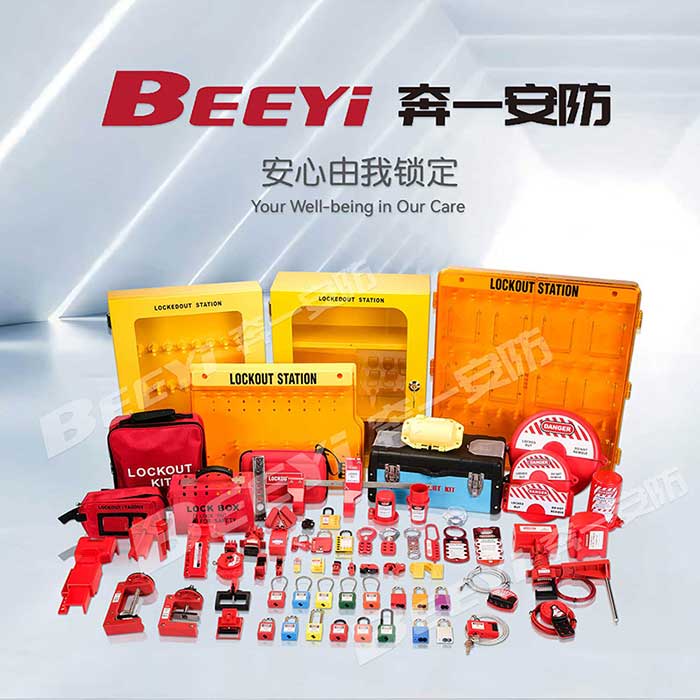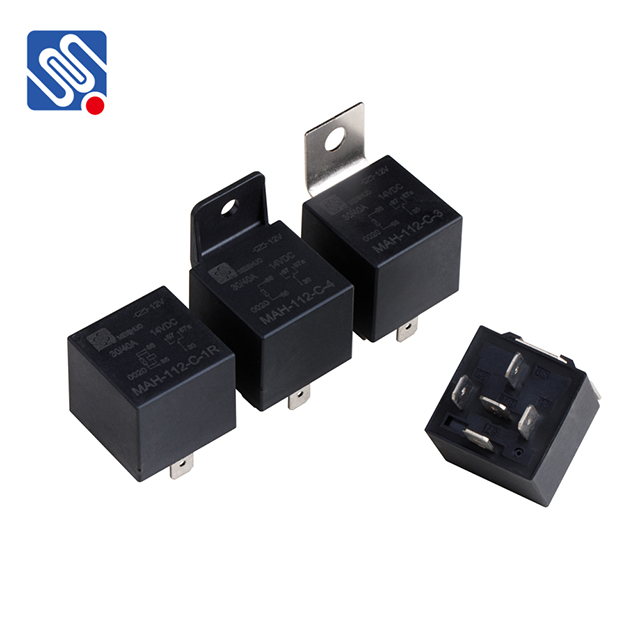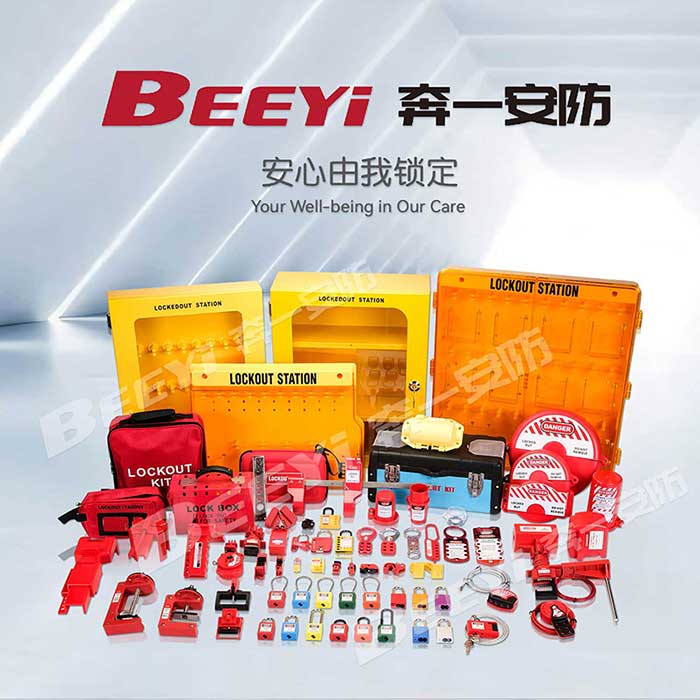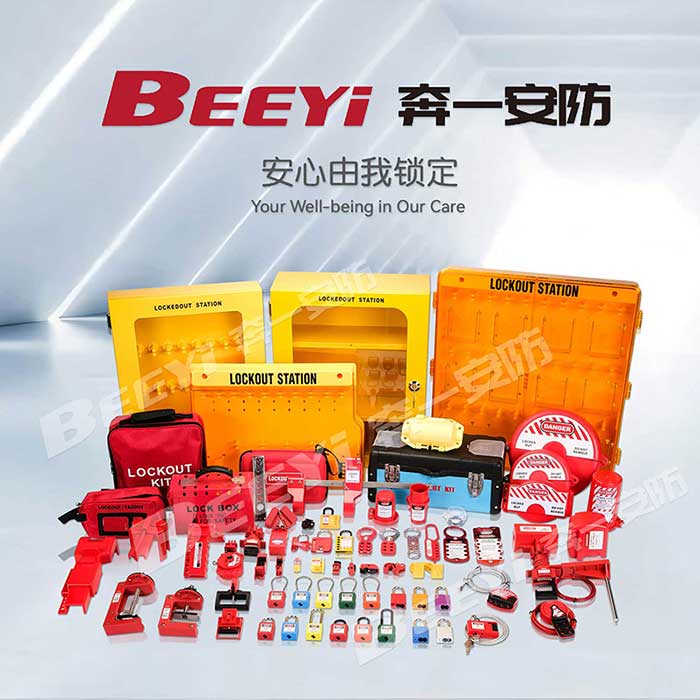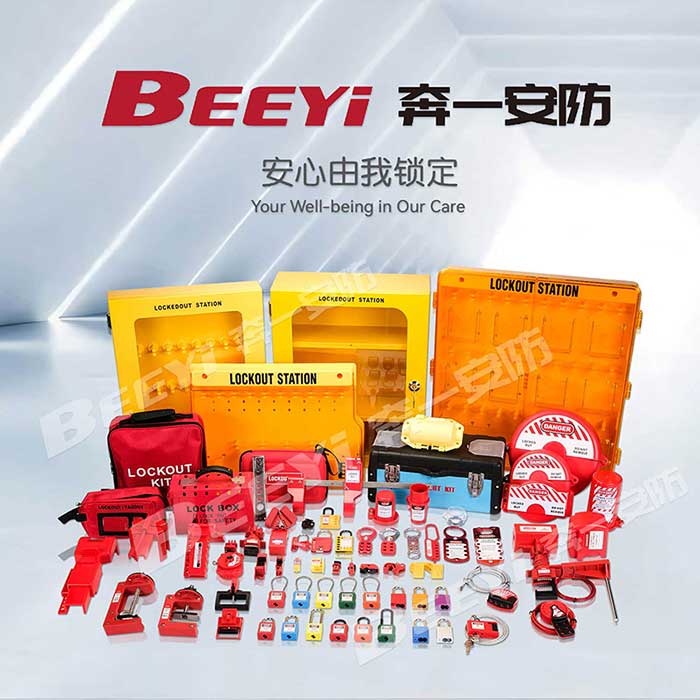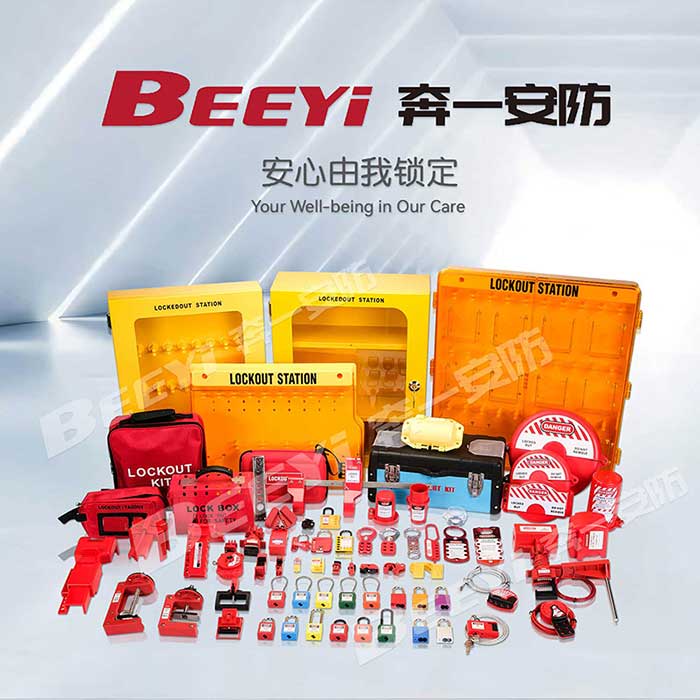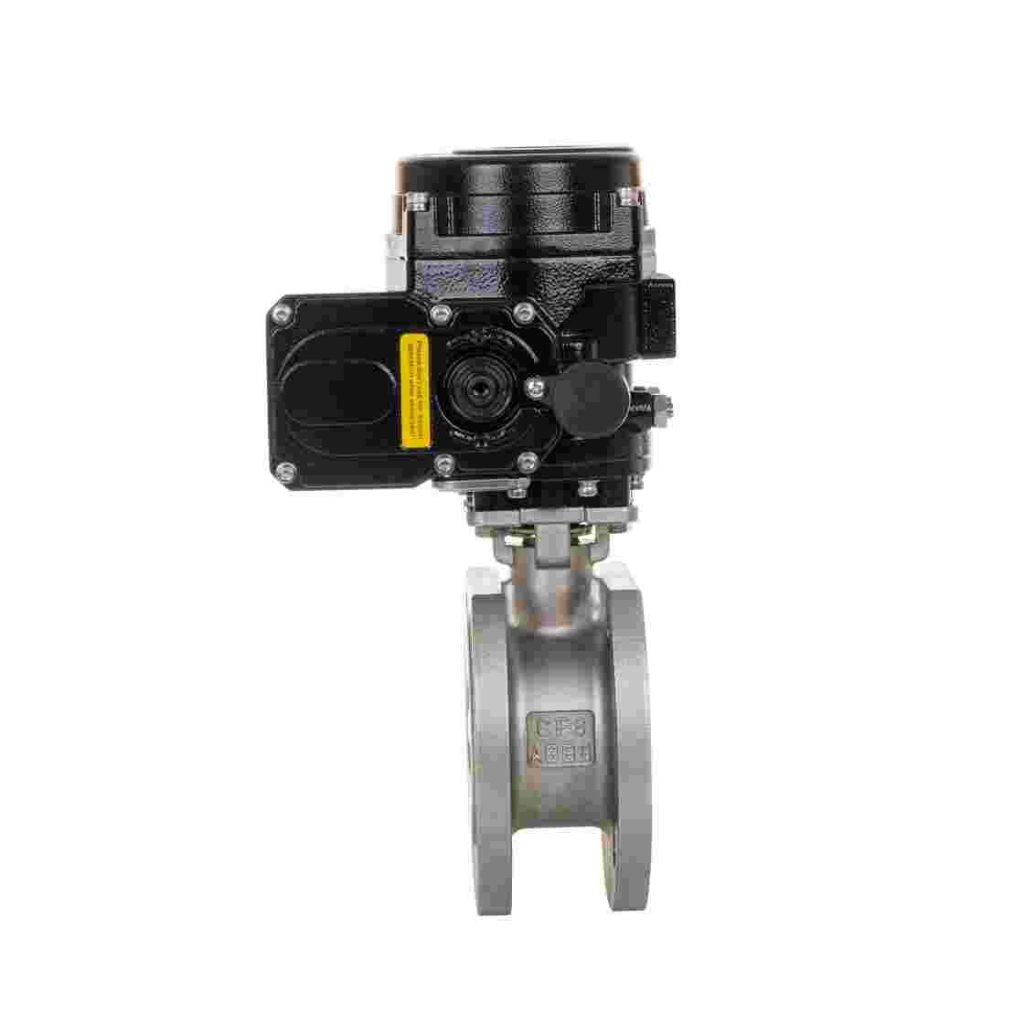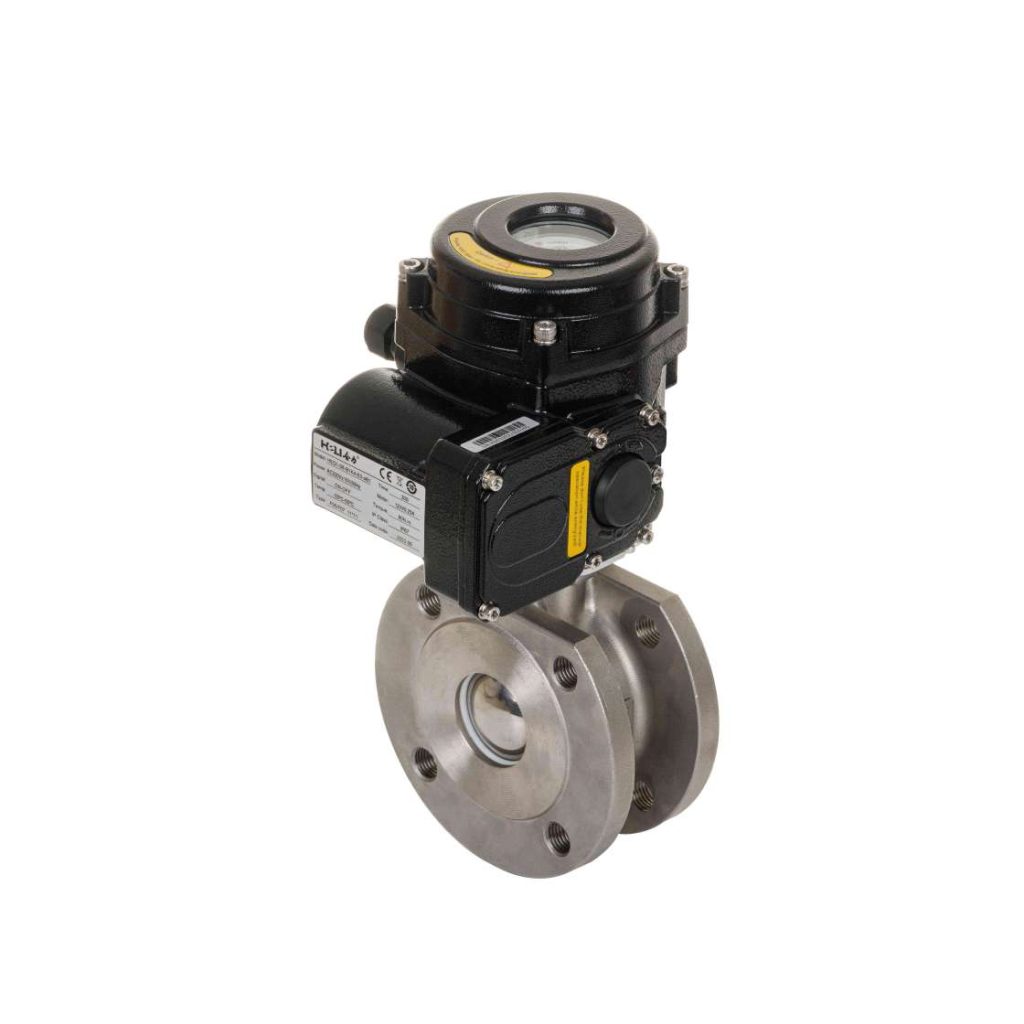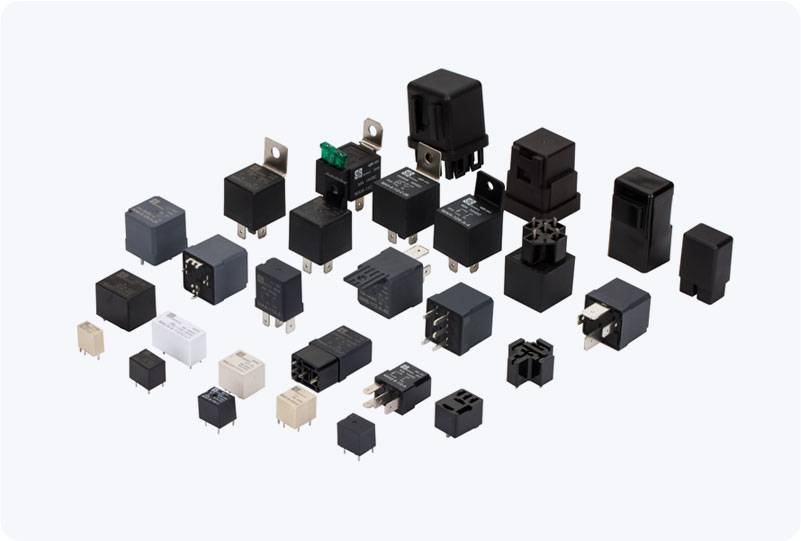The Stainless Steel Electric Two-Seat Regulating Valve is an essential component in modern industrial control systems, offering exceptional durability, precise flow regulation, and high efficiency. This type of valve is widely used in industries such as chemical processing, pharmaceuticals, water treatment, and energy production, where reliable and accurate fluid control is crucial. In this article, we will explore the key features, working principles, applications, and advantages of this versatile valve.
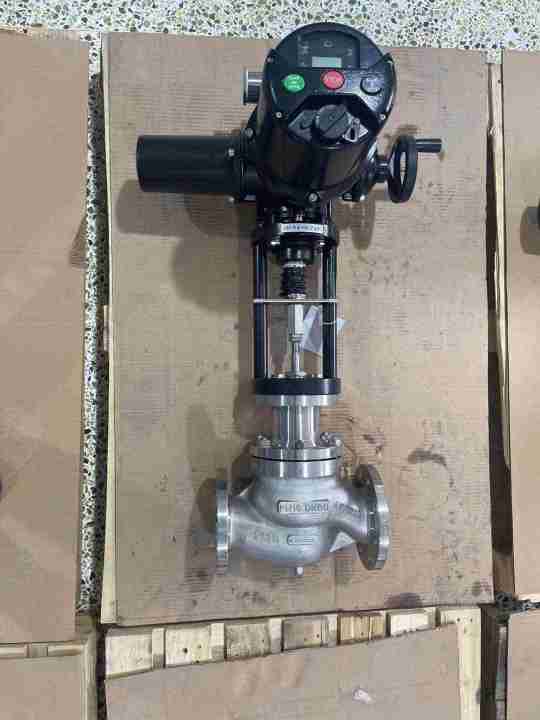
1. What is a Stainless Steel Electric Two-Seat Regulating Valve? A Stainless Steel Electric Two-Seat Regulating Valve is a type of control valve that combines an electric actuator with a dual-seat valve design. This valve regulates the flow, pressure, or temperature of fluids in pipelines and is often employed in applications requiring precise fluid control. The two-seat design provides a larger flow capacity compared to single-seat valves, making it ideal for handling high-flow applications. The valve’s body is made from stainless steel, ensuring high resistance to corrosion, heat, and wear. The electric actuator controls the movement of the valve’s internal components (such as the valve plug or stem) based on electronic signals, making it suitable for integration into automated control systems.
